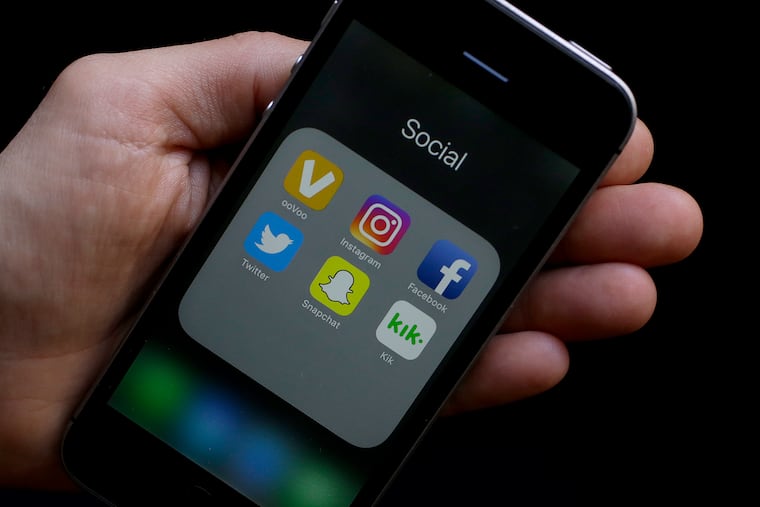How one teacher’s views evolved on student smartphone use | Opinion
Instead of confiscating electronic devices, perhaps educators would be better served by looking for ways to orient their lessons around them, writes Jake Ahlquist.

A student in my first-period English class always, always, always has his smartphone in his hand. I cannot convince him to put his device away for more than a minute unless I sit right next to him, reminding him each time his hand reaches for his pocket that he’s supposed to leave his phone alone. He has completed almost no classwork for the first two months of school. It is very likely he will fail the first quarter.
There should be a rule against phones in class, you might say. And there is. But when I’m teaching a class of 20 high school students, all of whom have their devices out for some part of every class session, it’s hard to justify zeroing in on one offender.
A couple of weeks ago, my mentor teacher contacted the student’s mother; she responded that her son knew he shouldn’t be on his phone during class time and that she would text him right away to tell him to turn it off and focus on his schoolwork. Her intervention didn’t work. Her son looked at his phone a little less the following morning, but within two days it was back in his hand for our full 90-minute class period.
As I continue to strategize with my mentor teacher about how to better engage this student — and rescue his plummeting GPA — I keep thinking about how much our cultural relationship to electronic devices has changed since I was in high school over a decade ago. At the time, cell phones weren’t permitted anywhere on campus outside of a locker, not even at lunchtime. If a teacher saw your cell phone on your person in the building, you had to hand it over.
» READ MORE: When cell phones come between teens and studying | The Upside
In 2021, official disciplinary policy varies from district to district, school to school. In the case of the school where I work, cell phones aren’t “permitted,” but teachers are discouraged from confiscating these devices — no one wants to be on the hook for “several hundred dollars worth of student property.”
Even if confiscation might sound like the easiest solution to the problem, confiscating an entire classroom’s worth of smartphones would be a logistical nightmare. Plus, I don’t know if it’s right to treat the scourge of in-school smartphone use as a disciplinary issue. If my students really thought they were doing something wrong, why would nearly all of the 80 young people I see every day be so brazen about using these devices in front of me, only putting them away for so long as a few minutes when I beg them to do so?
For the last 20 months, the smartphone has become an essential tool for coping with our pandemic-disrupted lives — especially for teenagers who have had very few escape hatches from our bleak reality and almost no other method for socializing with their peers. Phones are designed to trick users into maximizing their screen time. In the last year and a half, these devices have become pixelated security blankets. I don’t think my students keep phones in their hands just because they’re bored or “rebellious.” I think many of them simply can’t help themselves.
Teachers could try screening The Social Dilemma or assigning current events readings on the sinister underpinnings of every swipe and click. Teachers could show students how to alter their notification settings so that, at least during class sessions, they won’t be alerted to the comments and likes and snaps and private messages.
» READ MORE: What all that screen time could be doing to children | Expert Opinion
But perhaps teachers would be better served by looking for ways to orient their lessons around the use of smartphones and other electronic devices. Platforms like Kahoot and Lumio can engage students on their phones for purely educational purposes. Of course, not every student has access to a smartphone, but these digital classroom tools are also accessible via the Chromebooks that have been distributed to students in the School District of Philadelphia.
Would I prefer to work with students using pen, pencil, and paper books? Sure. But as an educator, I want to look for more ways to engage my students, not fewer. The other day, during a quiet work session, I thought I saw one of my students playing a game on her phone — when I checked over her shoulder, I saw she was composing a draft of an essay in her notes app. That’s a win.
I’m not going to pry a phone out of anyone’s hand, but maybe I can convince my students to put their devices to good use.
Jake Ahlquist is a teacher resident with the School District of Philadelphia.